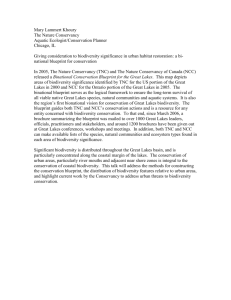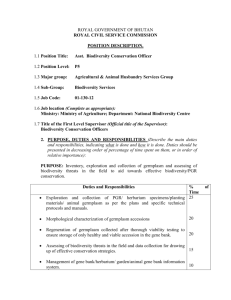Abstract - START - SysTem for Analysis Research and Training
advertisement
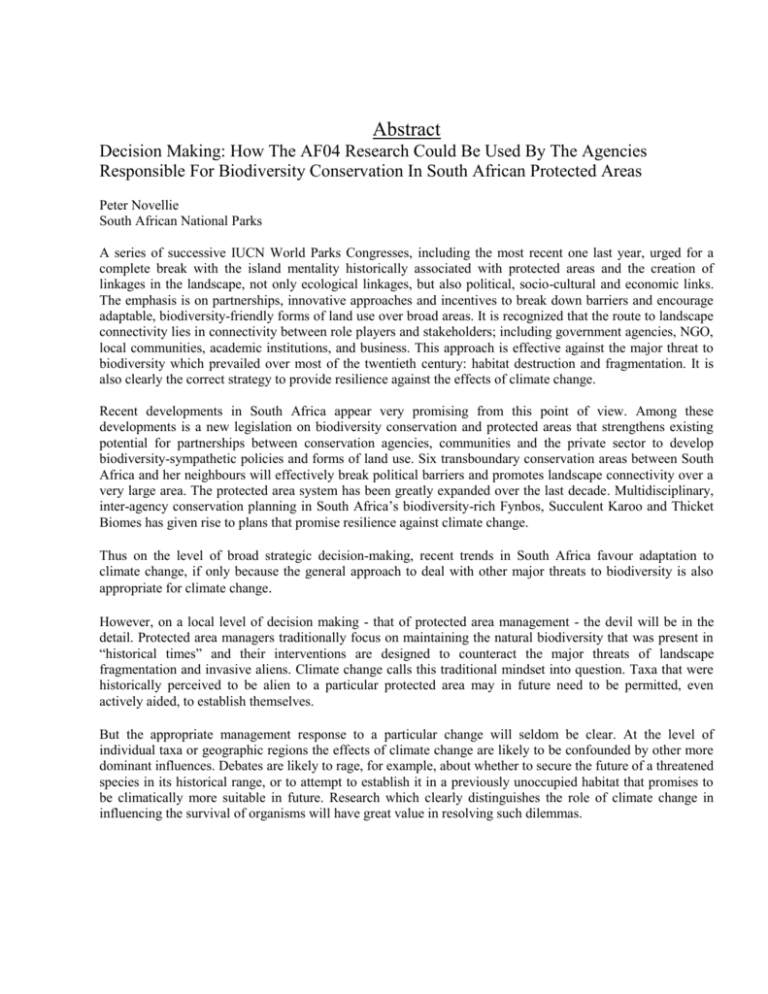
Abstract Decision Making: How The AF04 Research Could Be Used By The Agencies Responsible For Biodiversity Conservation In South African Protected Areas Peter Novellie South African National Parks A series of successive IUCN World Parks Congresses, including the most recent one last year, urged for a complete break with the island mentality historically associated with protected areas and the creation of linkages in the landscape, not only ecological linkages, but also political, socio-cultural and economic links. The emphasis is on partnerships, innovative approaches and incentives to break down barriers and encourage adaptable, biodiversity-friendly forms of land use over broad areas. It is recognized that the route to landscape connectivity lies in connectivity between role players and stakeholders; including government agencies, NGO, local communities, academic institutions, and business. This approach is effective against the major threat to biodiversity which prevailed over most of the twentieth century: habitat destruction and fragmentation. It is also clearly the correct strategy to provide resilience against the effects of climate change. Recent developments in South Africa appear very promising from this point of view. Among these developments is a new legislation on biodiversity conservation and protected areas that strengthens existing potential for partnerships between conservation agencies, communities and the private sector to develop biodiversity-sympathetic policies and forms of land use. Six transboundary conservation areas between South Africa and her neighbours will effectively break political barriers and promotes landscape connectivity over a very large area. The protected area system has been greatly expanded over the last decade. Multidisciplinary, inter-agency conservation planning in South Africa’s biodiversity-rich Fynbos, Succulent Karoo and Thicket Biomes has given rise to plans that promise resilience against climate change. Thus on the level of broad strategic decision-making, recent trends in South Africa favour adaptation to climate change, if only because the general approach to deal with other major threats to biodiversity is also appropriate for climate change. However, on a local level of decision making - that of protected area management - the devil will be in the detail. Protected area managers traditionally focus on maintaining the natural biodiversity that was present in “historical times” and their interventions are designed to counteract the major threats of landscape fragmentation and invasive aliens. Climate change calls this traditional mindset into question. Taxa that were historically perceived to be alien to a particular protected area may in future need to be permitted, even actively aided, to establish themselves. But the appropriate management response to a particular change will seldom be clear. At the level of individual taxa or geographic regions the effects of climate change are likely to be confounded by other more dominant influences. Debates are likely to rage, for example, about whether to secure the future of a threatened species in its historical range, or to attempt to establish it in a previously unoccupied habitat that promises to be climatically more suitable in future. Research which clearly distinguishes the role of climate change in influencing the survival of organisms will have great value in resolving such dilemmas.







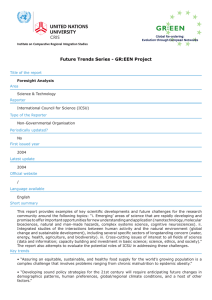



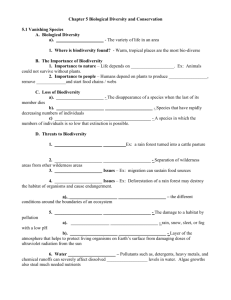
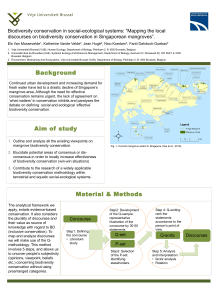
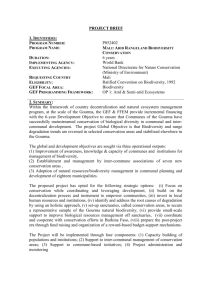
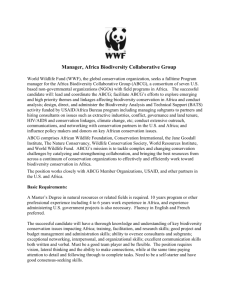
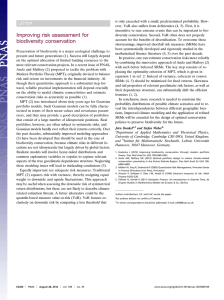
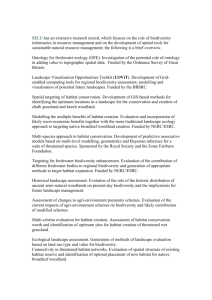
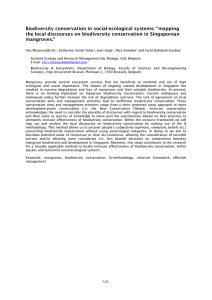
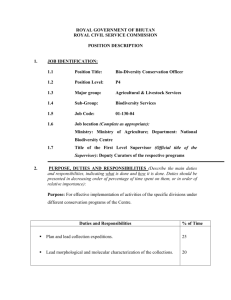
![(2007)[1] - Convention on Biological Diversity](http://s3.studylib.net/store/data/007793876_2-57e62519e9633fca90f13c9e96a3cf9a-300x300.png)
